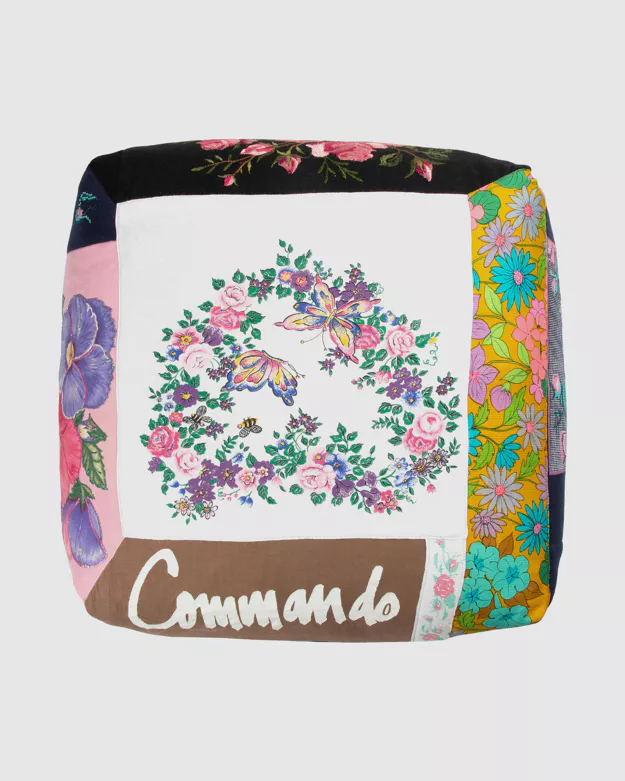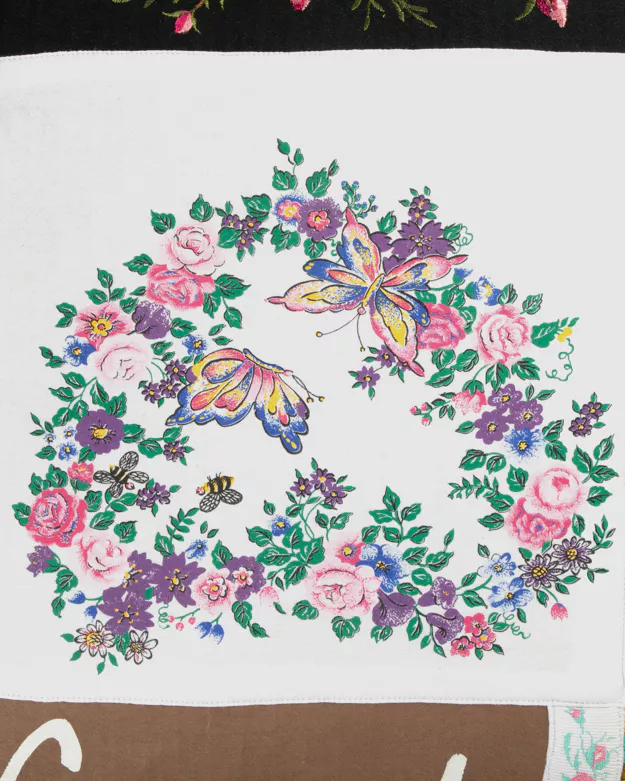About the artwork:
This portrait is of the character Tadzio from Luchino Visconti's 1971 film adaptation of Thomas Mann’s 1912 novella "Death in Venice." The oil-on-copper painting is built up from an underlying ground, a warm tinted imprimatura, a transferred contour drawing, a layer of underpainting, and final glazes. The resulting surface is intimate and contemplative, belying the slightly sardonic tone of the subject matter. Karnig devoted an entire show at CASTLE to Tadzio, once considered “the most beautiful boy in the world,” elevating the character to an almost mythological figure. Tadzio leans on the boardwalk of the Lido like a sculptural form of Pothos.
Max Xeno Karnig draws inspiration from historical Western European painting, specifically its fascination with a formalized vision of desire. He grapples with a gaze that holds the subject at an impossible, formally suspended distance in the frame, utilizing compositional schemes and painting processes characteristic of idealized allegorical portraits by painters like Albrecht Dürer and Antonello da Messina. Karnig then replaces classical mythological and religious subjects with icons of Western cinema, having them occupy this hallowed space for projection, reflection, and mimicry. By softening features here, illuminating them there, and eschewing photo-realistic depiction, Karnig sublimates these cinematic icons in a metaphysical realm.
About the artist:
Max Xeno Karnig draws inspiration from historical Western European painting, specifically its fascination with a formalized vision of desire. He grapples with a gaze that holds the subject at an impossible, formally-suspended distance in the frame, utilizing compositional schemes and painting processes characteristic of idealized allegorical portraits by painters like Albrecht Dürer and Antonello da Messina. Karnig then replaces classical mythological and religious subjects with icons of Western cinema, having them occupy this hallowed space for projection, reflection, and mimicry. By softening features here, illuminating them there, and eschewing photo-realistic depiction, Karnig sublimates these cinematic icons in a metaphysical realm.
Max Xeno Karnig was born in 1990 in New York, NY, and lives in Los Angeles, CA. Karnig received a BA in art history and studio art from the University of California, San Diego in San Diego, CA (2013) and an MFA from the University of California, Irvine in Irvine, CA (2019).
He has mounted solo exhibitions at Painters Painting Paintings in Hertfordshire, UK (2024); Samuele Visentin in London, UK (2023); Cruise Control Gallery in Cambria, CA (2023); and Castle Gallery in Los Angeles, CA (2022).
Karnig has participated in recent group exhibitions at Seaview in Los Angeles, CA (2024); Ketabi Bourdet in Paris, France (2023); La Loma Projects in Los Angeles, CA (2023); and Praz Delavallade in Los Angeles, CA (2019).






